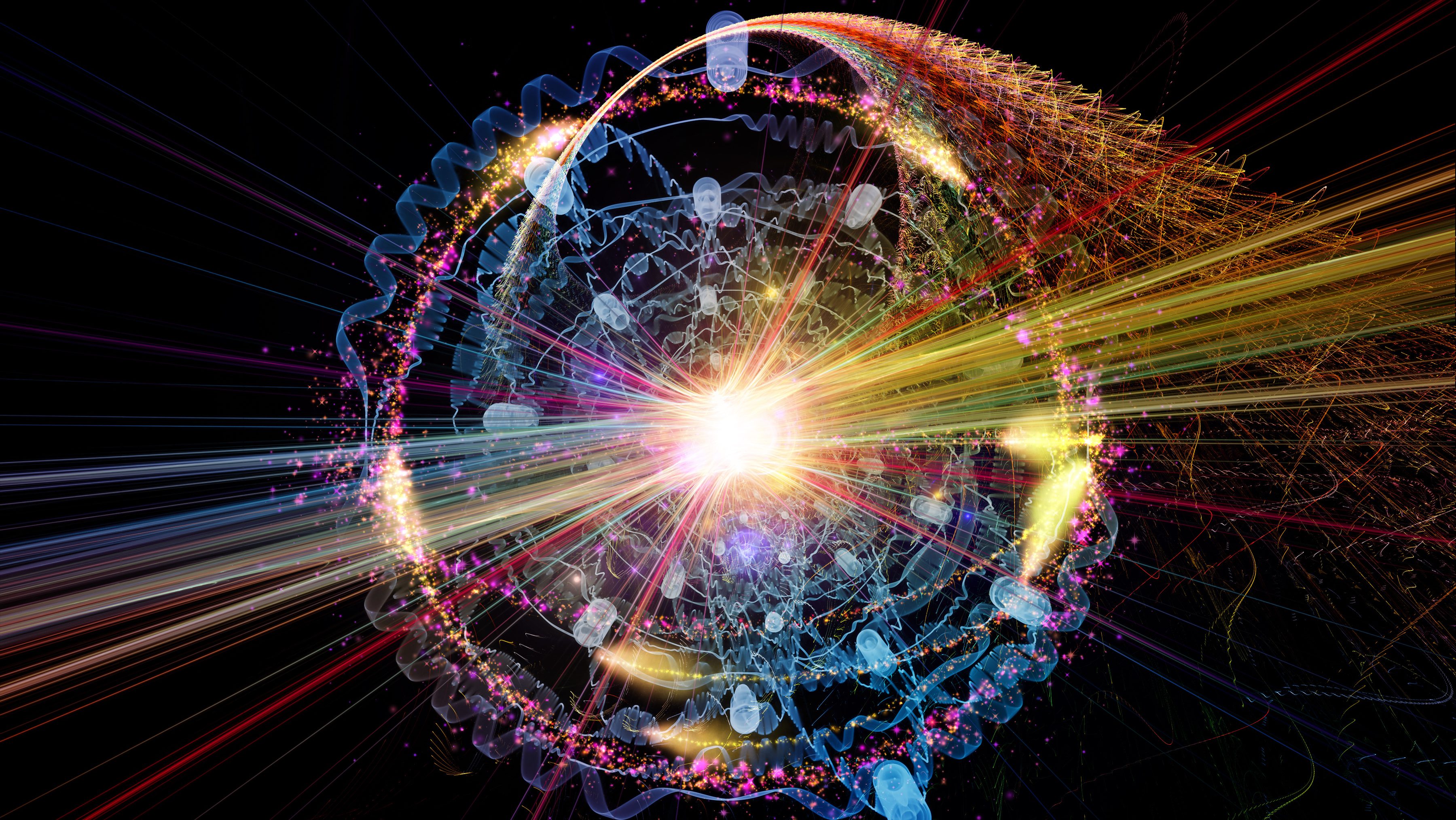Why I Founded the Microbial Academy of Sciences

It occurred to me awhile back that our way of doing science was potentially lacking. We have been working for nearly a century at a theory of everything and it seems that the farther that we go the more confused that we get and as I thought about this I also had at the back of mind something that I had heard said many times by scientists, which is that a theory of everything ought to be really simple. It should fit on a t-shirt.
So I started to think that maybe the problem was that we’re over thinking things or more generally, that our brains are too complex to be able to grasp, to be able to discover the underlying simplicity of the universe and that perhaps other organisms might be better scientists than we are in terms of that pursuit.
Since what the theory of everything involves is both the very large and the very small, gravity at the largest scale and the quantum world at the smallest I thought that perhaps organisms that were incredibly simple and also that had access at least to one of those scales might be ideal as scientists and that led me to think about microbes. Microbes are small enough that arguably they are experiencing the quantum world in a way that it is visceral, in a way that it is an everyday sort of affair.
However, microbes don’t have access to telescopes. They don’t really ever get to study at the largest of scales and so I decided that I would found a Microbial Academy of Sciences, an academy where microbes would be in a position to study the cosmos, to study the universe and in order to facilitate that I first corralled some cyanobacteria, which are able to perform photosynthesis and as a result are able to process light.
I then had a feed from the Hubble Space Telescope running under their Petri dishes so that they would be able to get the raw data that might allow them to formulate their theory of everything and they have been now for several months working under those conditions. I have more researchers probably than any other institution worldwide. It could be in the billions even. It’s hard to count. They are working away I would imagine. They have no obligations. They presumably will not publish, but to me that ultimately doesn’t matter. What matters is that they are pursuing this theory on their own terms and that they are potentially in a position that they might be able to figure out the universe and the idea that the universe might be figured out seems in its own right ultimately to be some sort of milestone in the history of the universe whether or not we partake of it, whether or not we are privy to it.
In Their Own Words is recorded in Big Think’s studio.





